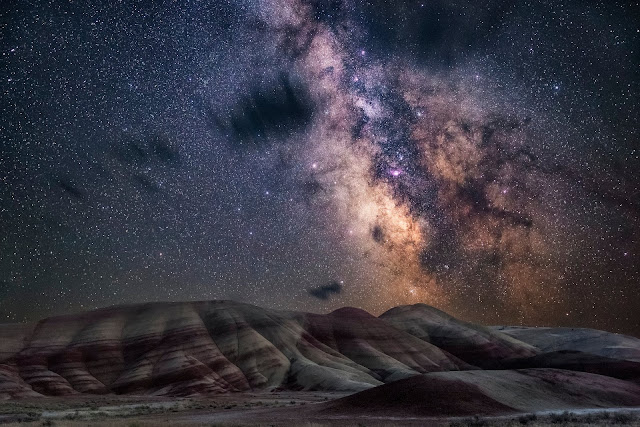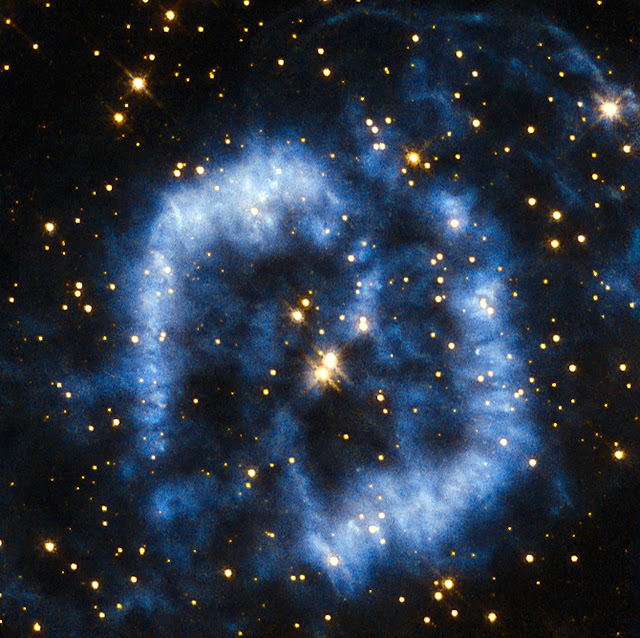Variable stars close to the Galactic Centre

Ancient stars, of a type known as RR Lyrae, have been discovered in the centre of the Milky Way for the first time, using ESO’s infrared VISTA telescope. RR Lyrae stars typically reside in ancient stellar populations over 10 billion years old. Their discovery suggests that the bulging centre of the Milky Way likely grew through the merging of primordial star clusters. These stars may even be the remains of the most massive and oldest surviving star cluster of the entire Milky Way. A team led by Dante Minniti (Universidad Andrés Bello, Santiago, Chile) and Rodrigo Contreras Ramos (Instituto Milenio de Astrofísica, Santiago, Chile) used observations from the VISTA infrared survey telescope, as part of the Variables in the Via Lactea (VVV) ESO public survey, to carefully search the central part of the Milky Way. By observing infrared light, which is less affected by cosmic dust than visible light, and exploiting the excellent conditions at ESO’s Paranal Observatory, the team was able to g...



































